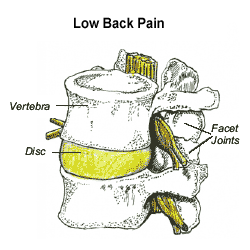Welcome to Dubin Chiropractic
Dubin Chiropractic specializes in the treatment of sport-, work-, and accident-related injuries. Since 1996 we have been a part of the Team USA International Triathlon Union Duathlon/Triathlon medical staff. We have published papers on the treatment and prevention of various musculoskeletal injuries (please view Features of the Month for specific injuries). Treatment therapies at Dubin Chiropractic include innovative muscle techniques such as Active Release Technique and Graston Technique. Our patients are our best source of referrals; please view our patients' testimonials.
Dubin Chiropractic accepts most health insurance plans. Our office is conveniently located across from the Quincy Center T station with validated parking available (view driving directions). Office hours are Monday and Wednesday 8am - 7:30pm, Tuesday and Thursday 9am - 7:30pm, Friday 8am - 4pm.
Please call (617)471-2444 to schedule an appointment.


For Our Patients
Click Here for an abbreviated version of Dr. Dubin's "Plantar Fasciitis: A Conservative Treatment Approach"
For the full published article regarding Plantar Fasciitis by Dr. Dubin, Click Here
Feature of the Month

Shin splints is an injury of the lower leg that often afflicts athletes. Generally, symptoms include pain on the anterolateral or posteromedial surfaces of the shin. There is a great deal of research on the treatment and prevention of shin splints, and based on extensive research, several hypotheses have been proposed for its pathophysiology; however, the exact cause of shin splints remains unknown. This paper explains the anatomy of the lower leg and biomechanics of gait. It presents possible etiologies and risk factors for shin splints, and it reviews options for treatment and prevention. Its conclusion, based on extensive literature review, reveals that most cases of shin splints respond favorably to conservative care. Such care generally includes home exercise, training and equipment modifications, and treatment by a skilled practitioner. However, in more advanced cases surgery may be necessary.
learn more »





